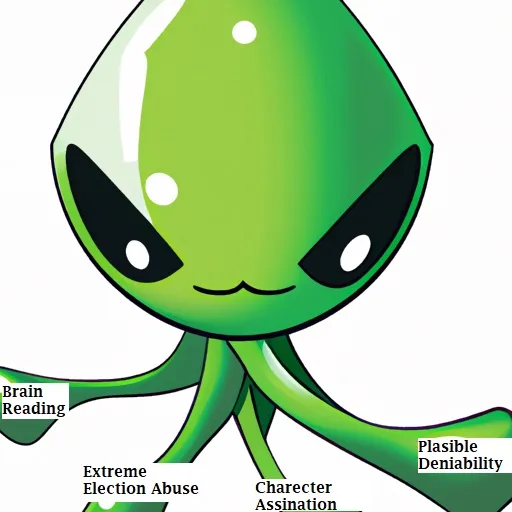Introduction:
“What Lies in the Woods” by Kate Alice Marshall has garnered attention for its exploration of sensitive topics, including child abuse and dark humor. However, some readers argue that the book falls short in addressing these themes responsibly, leading to potential misinterpretations and controversy. In this blog post, we will delve into the concerns raised by readers and examine the implications of the author’s choices.
Unsettling Portrayal of Abuse:
One of the most significant criticisms of “What Lies in the Woods” is its handling of child abuse. Readers express discomfort with the unclear and embarrassing manner in which the book addresses this topic. The narrative is said to employ statutory abuse tactics, which further exacerbates the unease. By incorporating personal experiences of abuse in an ambiguous way, the author fails to provide a clear understanding of the issue, leaving readers confused and uncomfortable.
Inappropriate Dark Humor:
The presence of inappropriate dark humor within the book has also been a cause for concern. Some readers argue that the book crosses boundaries by making Tiger Woods, Forrest Gump, and General’s Daughter jokes in an embarrassing and insensitive manner. This style of humor can trivialize serious topics, such as abuse, and may be perceived as offensive or hurtful to some readers. The book’s inclusion of such jokes has raised questions about the author’s intent and the potential impact on readers’ interpretation.
Failure to Address Abuse Effectively:
Another criticism directed towards “What Lies in the Woods” is its alleged failure to take action against abuse or provide adequate support to victims. Despite demonstrating knowledge of abuse against the protagonist and their family, the narrative does not offer any resolution or assistance. This omission can leave readers feeling frustrated and dissatisfied, especially if they were hoping for a more proactive stance against abuse.
Misinterpretation and Political Exploitation:
The controversial nature of “What Lies in the Woods” has led to concerns about its potential misinterpretation and misuse for political purposes. Some readers worry that the book’s inclusion of statutory abuse, along with break-ins and poison, may be exploited in news reports and twisted to fit certain agendas. This raises questions about the author’s responsibility in presenting sensitive content and the potential consequences of allowing room for misinterpretation.
Plausible Deniability and Author’s Intent:
Critics argue that the author’s use of plausible deniability adds another layer of complexity to the controversy surrounding the book. By presenting the themes in an ambiguous manner, the author can distance themselves from direct responsibility for their portrayal. This tactic raises questions about the author’s intentions and whether they were aware of the potential impact their choices would have on readers.
Conclusion:
“What Lies in the Woods” by Kate Alice Marshall has generated significant discussion due to its handling of sensitive themes, including child abuse and dark humor. While some readers appreciate the book’s exploration of these topics, others raise concerns about the unclear and embarrassing portrayal of abuse, inappropriate jokes, lack of effective action, potential misinterpretation, and the author’s use of plausible deniability. It is essential to engage in open dialogue to further understand and address these concerns, promoting responsible and respectful storytelling in the process.



Leave a Reply